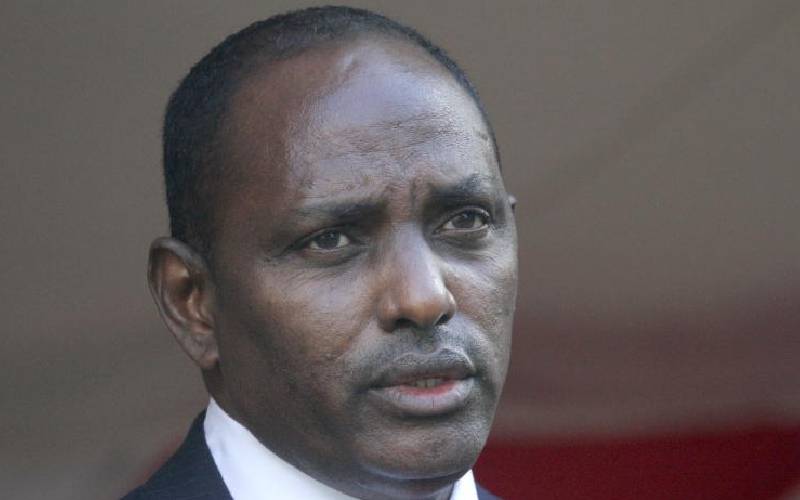×
The Standard e-Paper
Smart Minds Choose Us

The National Treasury has raised the debt ceiling to Sh10 trillion, retreating from an earlier position to return to a debt-to-GDP (Gross Domestic Product) anchor of 55 per cent.
In a gazette notice dated May 26, Treasury Cabinet Secretary Ukur Yatani raised the debt ceiling from the current Sh9 trillion, even as the government inched to breaching this limit.